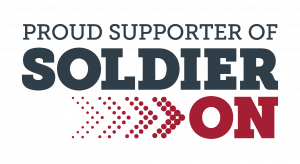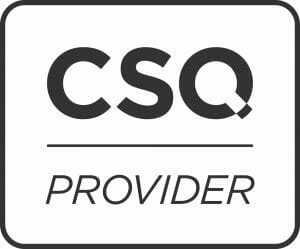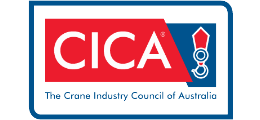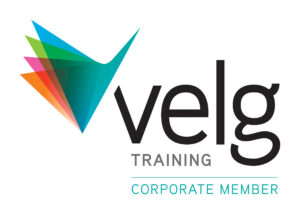About this Slewing Mobile Crane Course (Up to 60 Tonnes)
Looking to operate slewing mobile cranes up to 60 tonnes? You’re in the right place.
This course provides the training and assessment required to obtain a High Risk Work Licence (Class C6) for slewing mobile cranes with a lifting capacity of up to 60 tonnes.
Upon successful completion, you’ll be licensed to operate:
-
Slewing mobile cranes (up to 60t capacity)
-
Non-slewing cranes (e.g. Franna cranes, telehandlers over 3t with lifting attachments)
-
Vehicle loading cranes (e.g. Hiab, Palfinger)
This licence is essential for crane operators working in construction, logistics, and industrial lifting environments.
Course Outline
The TLILIC0023 – Licence to Operate a Slewing Mobile Crane (up to 60 tonnes) course includes theory, practical training, and assessment.
The course is structured to help you progressively build technical ability, awareness, and confidence in crane operations.
Location:
Public courses are available at our Salisbury, Ingleburn and Carrum Downs facilities.
Course Availability & Pricing
Please see our public course dates below. If there are no dates available or you would like to arrange a private course at your site or ours, then please select the ‘Private courses’ button.
Further Information
What are the slewing mobile crane licences in NSW & QLD? (C2, C6, C1, C0)
A slewing mobile crane means a mobile crane incorporating a boom jib that is capable of being slewed. This excludes front end loader, backhoe, excavator and other earthmoving equipment when configured for crane operation.
There are four classes of slewing mobile cranes each with a different capacity:
- up to 20 tonnes (C2) - incorporating CN & CV classes
- up to 60 tonnes (C6) - incorporating C2, CN & CV classes
- up to 100 tonnes (C1) - incorporating C6, C2, CN & CV classes
- over 100 tonnes capacity (C0) - incorporating C1, C6, C2, CN & CV classes
If a slewing telehandler is fitted with a boom and/or jib with a hoist rope and/or hook block, a C2, C6, C1 or C0 high risk work licence is required, dependent on the telehandler's rated capacity.
You can read more about crane licence on the following links
What is Dogging?
A high risk work licence for dogging (class DG) is required by anyone who applies slinging techniques to a load, which includes:
- calculating safe angles for slings or chains
- selecting the type of sling or chain to be used
- selecting the correct method to secure the load
- selecting the safe method to lift or turn the load
- checking the conditions of lifting gear for wear and tear.
A DG licence is also required by anyone directing the operator of a crane or hoist in the movement of a load when the load is out of the view of the operator.
What is the difference between Dogging and Rigging?
Dogging (DG)
Consists of the application of slinging techniques to move a load (including the selection and inspection of lifting gear) and/or the directing of a crane/hoist operator in the movement of a load when the load is out of the view of the crane/hoist operator.
Rigging (RB, RI, RA)
Rigging work means the use of mechanical load-shifting equipment (and associated gear) to move, place or secure a load using plant, equipment or members of a building or structures, to ensure the stability of those members or the setting up or dismantling of cranes or hoists.
SafeWork/WorkSafe conditions of assessment:
- Applicants to be at least 18 years of age.
- Able to produce 100 points or more of identification as per the SafeWork/WorkSafe identification checklist.
- Speak and understand English at a level to be able to participate in the training and assessment
Note: Verbal assessments can be arranged for applicants with writing and reading difficulties (extra charge applies)





